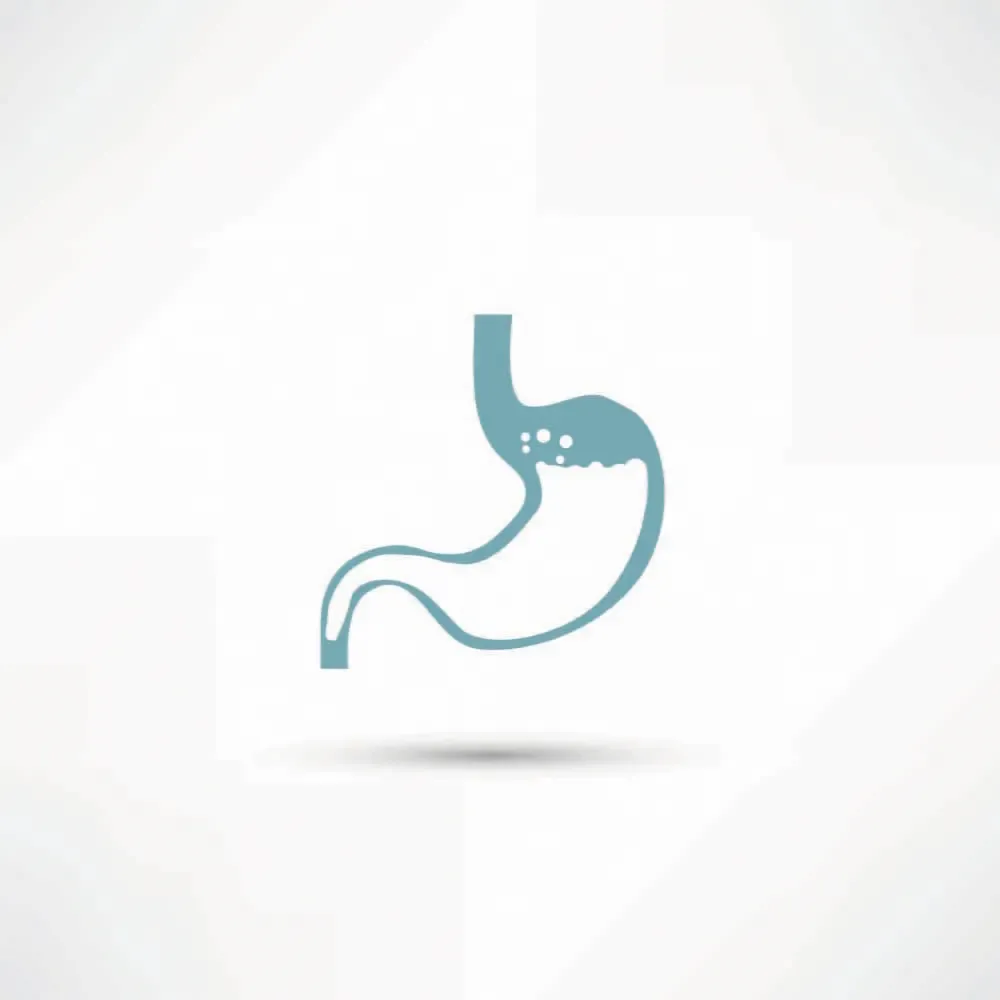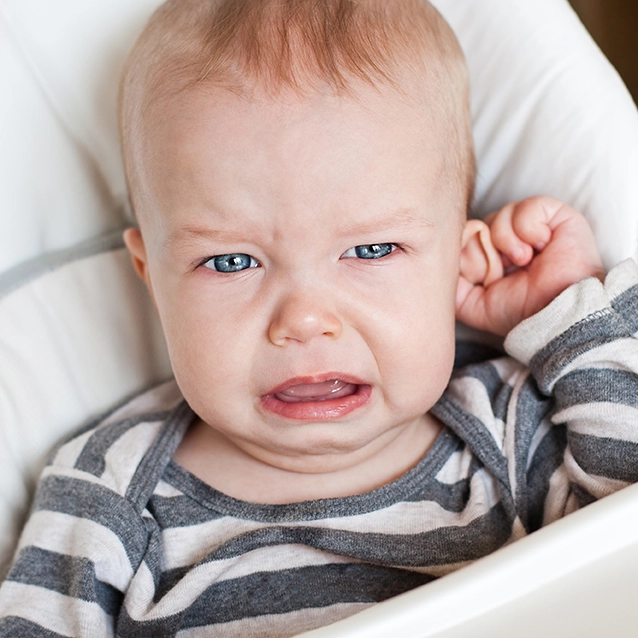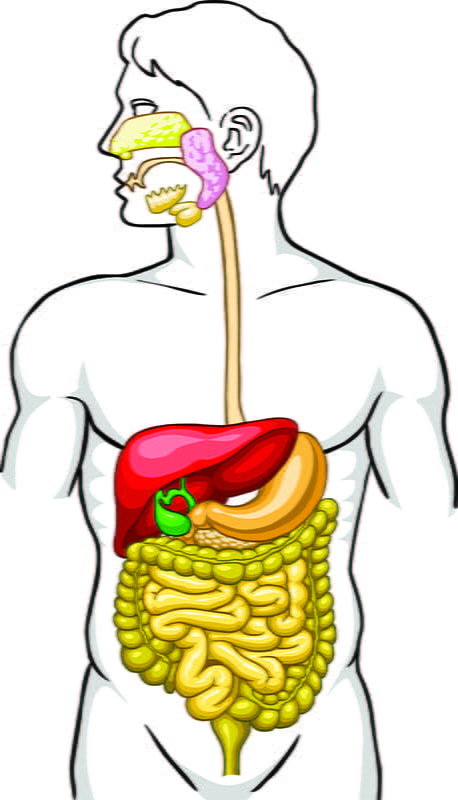Introduction:
Erosive esophagitis (EE) is a type of gastroesophageal reflux disease (GERD) that is depicted with erosive and inflammatory changes in the esophageal mucosa. The treatment procedures for EE includes standard therapy proton pump inhibitors (PPIs) which suppress gastric acid secretion by inhibiting the H+/K+-ATPase enzyme and alternative antisecretory drugs such as potassium-competitive acid blockers (P-CABs) are also used which inhibit gastric H+/K+-ATPase. The efficacy and safety of P-CABs and PPIs in treating EE according to the Los Angeles (LA) classification remain insufficiently evaluated in the literature.
Methods:
Five databases were searched systematically for relevant articles. The primary outcome was endoscopic remission rates at 24 weeks and secondary outcomes were the endoscopic remission rates at 24 weeks on LA classification. Statistical synthesis was performed using the Comprehensive Meta-analysis (CMA) version 3.
Results:
- A total of 290 citations were identified out of which only 4 were included in the meta-analysis.
- The P-CAB agents used were Vonoprazan and Tegoprazan and the PPI comparator included Lansoprazole.
- The primary outcome (remission rate) was measured at week 24, and a subgroup analysis was performed based on Los Angeles (LA) grades of erosive esophagitis. Patients with grades A/B were compared to those with grades C/D.
The following table shows the final results:
|
Comparison |
Odds Ratio (OR) |
95% Confidence Interval (CI) |
p-value |
|
P-CABs vs. PPIs (Overall EE remission at week 24) |
2.301 |
1.226 – 4.319 |
0.009 |
|
EE LA grade C/D (P-CABs vs. PPIs) |
2.526 |
1.462 – 4.363 |
0.001 |
|
EE LA grade A/B (P-CABs vs. PPIs) |
1.442 |
1.028 – 2.023 |
0.034 |
Conclusion:
P-CAB-treated patients exhibited a better remission rate of EE compared to PPIs-treated patients at 24 weeks.
Digestive Disease Week 2025, May 3rd – 6th, San Diego




